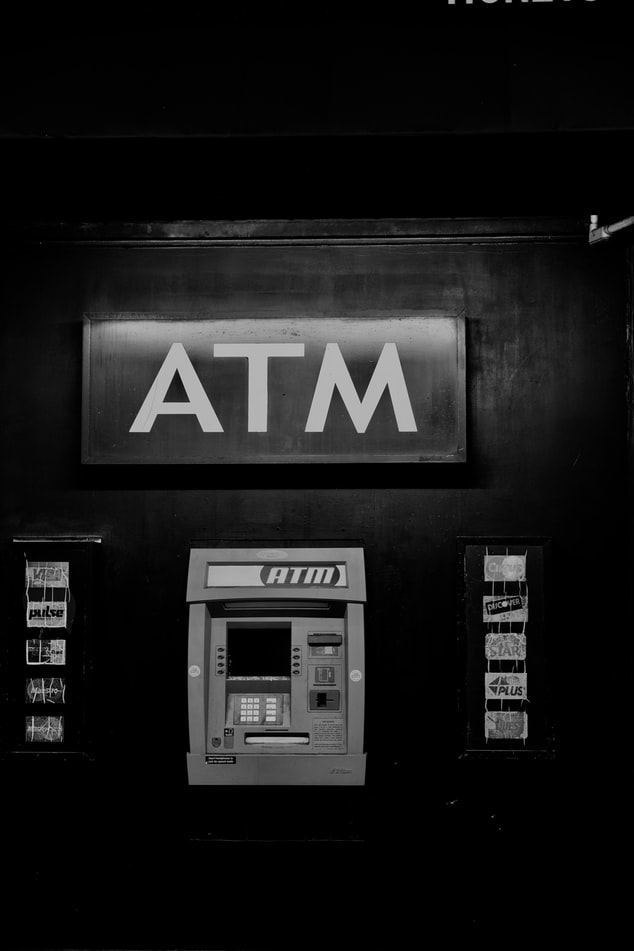The last ten years have seen central banks pull interest rates down to precariously low levels, with some, including the Bank of Japan, venturing into negative territory. Changes to the cash rate are generally passed down by retail banks, affecting the cost of borrowing. At the time of publication, the Reserve Bank of Australia (RBA) was yet to make its first monetary policy manoeuvre for the decade (apparently, policy wonks need their beauty sleep, too). So, what might 2020 entail for our cash rate?
The global arena weighs into moves made by the central bank. At its last meeting in December, the board “decided to leave the cash rate unchanged at 0.75 per cent”, citing a “reasonable global economic outlook,” which nonetheless fell short of quelling “downside risks”. These included an ongoing trade war and geopolitical instability which, last year, played into a scare generated by an inversion of the US treasury yield curve: often a harbinger for recession.
Yousif, a Masters of Finance student, thinks that the “easing of trade tensions” will cause the RBA to “keep the cash rate the same”. Indeed, the signing of a phase-one trade deal, legislation authorising a no-deal Brexit, and a rebound of the treasury yield curve may allay some international disquietude. However, with the International Monetary Fund (IMF) lowering their estimates for global GDP growth to 3.3%, these improvements may be nominal. The onset of the Coronavirus has renewed anxiety amongst investors. Stocks – especially those in and exposed to the Chinese market, such as oil and airlines – have taken a plunge amidst the pandemic.
On the domestic front, anaemic income growth has led to households spending less. Consumer confidence has fallen since mid-2019, with December seeing a year-on-year decline of 8.9% in the Westpac Consumer Sentiment Index. Business confidence has likewise taken a hit, with Australian Manufacturing PMI sitting at 49.6 as of the 2nd of February (any figure below fifty indicates relatively low confidence).
Anna, an Arts student, believes a lowering of the cash rate is in order. “Bushfires have had a major impact on our economy, affecting the direction of government spending,” she remarks, adding that “Australian tourism has been hit hard.”
Ben, a Finance and Accounting student, has an alternative take, asserting that the cash rate will probably “stay the same”. Asked why, he simply tells us, “it’s getting pretty low”. This is followed by a redeeming citation of the ASX 30 Day Interbank Cash Rate Futures: an indicator of the percentage probability of a change in the cash rate (which your correspondent admittedly knew nothing about), signalling an 86% chance of no change as of the 31st of January.
From this cursory overview, it seems that the general consensus is a cash rate stagnation. However, if confidence continues to decline, a further decrease – and perhaps even quantitative easing – may be on the horizon. The board is due to meet on the first Tuesday of February.
Words by Millie Muroi
Millie is an Arts student camouflaged by an enthusiasm for economics.
Image courtesy of Johnny Vino

